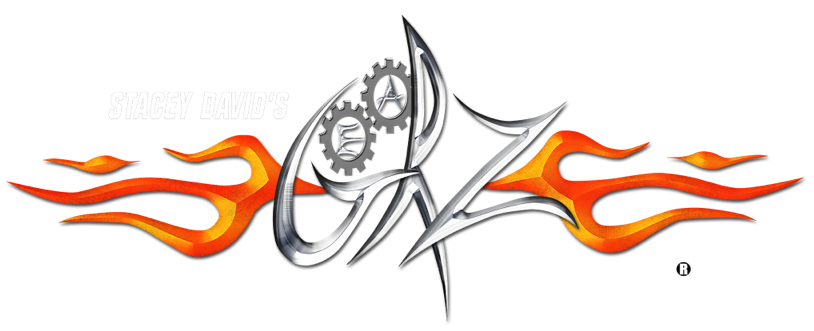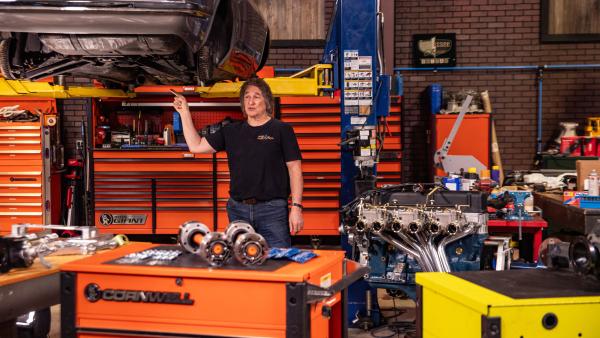Miller Tip 8: Type and Size of Wire
March 08, 2011
Now that you have picked the perfect Millermatic® MIG welder for your welding projects, it is time to cover some of the basic questions we get asked. What type and size of wire should I use? This really depends on what you are welding. First you want to match your materials. If you are welding mild steel, aluminum, or stainless steel, make sure you are using the matching wire. Since steel is the most common this is what we?ll cover. With steel you really have two basic choices, solid wire and flux-cored wire. To start with we will use a common sense rule. If you are welding thinner material, use a smaller diameter wire. If you are welding thicker materials, use a larger diameter wire. Your next choice comes down to what you are actually doing and requires you to pick whether you want to use a solid wire or a flux cored wire. Here is some information on both types of wire. Solid wire is the right choice for most MIG welding applications, as it allows you to weld both thick and thin materials and does not require much clean up when you are done welding. Solid wire does require a shielding gas (typically 75%Ar/25%CO2) and does require the metal to be fairly clean. If I had to choose only one diameter wire for automotive applications it would be a .030" diameter ER70-6 wire, as it will do almost every mild steel job. Flux-cored wire has the benefit of not needing a shielding gas so it works great out in the driveway on a windy day. It also can weld on much dirtier or corroded material than solid wire. The disadvantages of flux-cored wire is that it does not do a good job welding thin materials and requires a lot more clean up when you are done welding. This is not the filler metal you want to use on your body panels! If you do use flux-cored wire, don't forget to change the polarity of your machine.
Fill out my online form.







